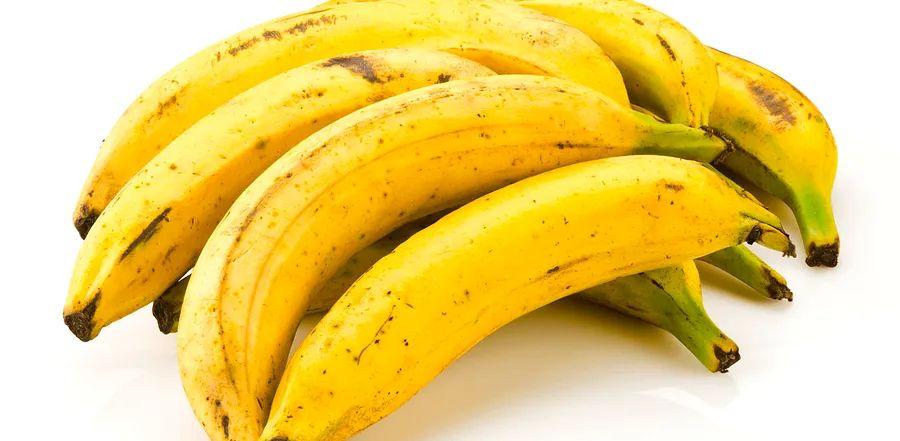What Are Plantains, Exactly?

You might have spotted plantains at the store and thought they were just giant bananas, either green or overly ripe. While they belong to the same family as bananas, plantains have a distinct flavor and require a different approach when cooking. Discover more about this versatile starchy fruit loved across the globe.
Discover Plantains
Although part of the banana family, plantains are large, starchy fruits that lack the sweetness typical of bananas. They feature a tough skin that varies in color from greenish-yellow to brown and even black. The sweet yellow ones have a firmer texture than bananas but become softer as they ripen. On the other hand, the green, unripe plantains are very starchy with a firm texture that clings tightly to their peel.
Plantains originated in Southeast Asia but are now a staple in Southern and Central America, as well as many African countries. This humble fruit ranks as one of the top 10 most important staple foods globally, widely used in a variety of cultures.
Plantains vs. Bananas: What's the Difference?
While plantains are technically a type of banana, they're not interchangeable. Even the ripe yellow ones are far starchier and lower in sugar compared to regular bananas. In terms of use, plantains are more like potatoes, particularly when cooked. Additionally, green plantains are much harder to peel than bananas.
A Guide to Cooking Plantains
The simplest and most delicious way to cook plantains is by frying them. When you fry sweet plantains, known as maduros, you cut the yellow ones into 2-3 inch chunks and deep fry them. The result is a crispy, caramelized exterior with a soft, custard-like interior that’s irresistible.
Roasting sweet plantains in the oven is another fantastic way to prepare them. Think of them like sweet potatoes: the darker the skin, the sweeter and more flavorful they become. For the perfect maduros, choose plantains with lots of dark spots or even a blackened peel — this indicates a richer, more intense flavor.

Recipe Here: Sautéed Sweet Plantains (Tajaditas Dulces de Platano)
Green plantains are commonly fried into a dish called tostones. The plantains are first sliced into thick rounds and fried, then flattened and fried again to create a crisp, chip-like texture. Tostones are typically used in savory dishes, serving as a perfect base for dips and chunky sauces. Due to their high starch content, similar to potatoes, green plantains should never be eaten raw. This starchy texture also makes them excellent when boiled and seasoned with savory spices.
In Puerto Rican cuisine, plantains are often mashed to make mofongo, a beloved dish typically served with shrimp or sometimes pork. To make mofongo, precooked green plantains (either fried or boiled) are mashed into a paste with ingredients like pork fat and garlic, giving the dish a deep, savory flavor.
Storing Plantains
How you store plantains depends on how ripe they are when you buy them. For yellow plantains, it's fine to purchase them slightly underripe and let them ripen on your countertop over the next few days until they reach the perfect color. Once they're just right, place them in the fridge to stop further ripening, where they can stay fresh for up to a week.
If you buy plantains that are already dark and fully ripe, refrigerate them right away to prevent further ripening and potential spoilage. Green plantains will ripen over time, so it's best to use them soon after purchase to get the best texture for your dishes.
Evaluation :
5/5



